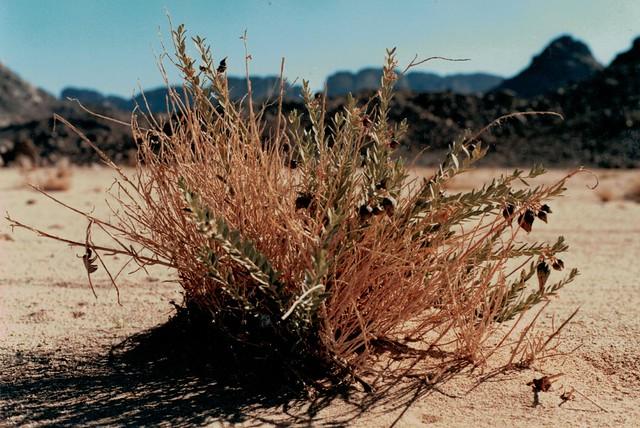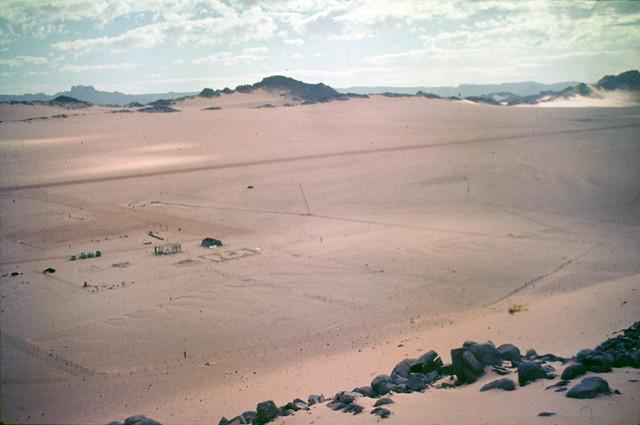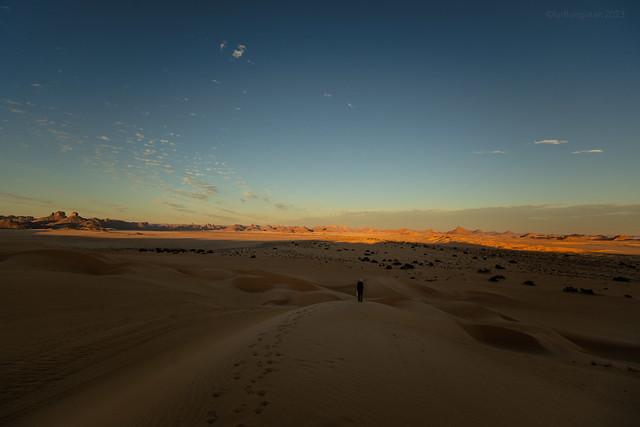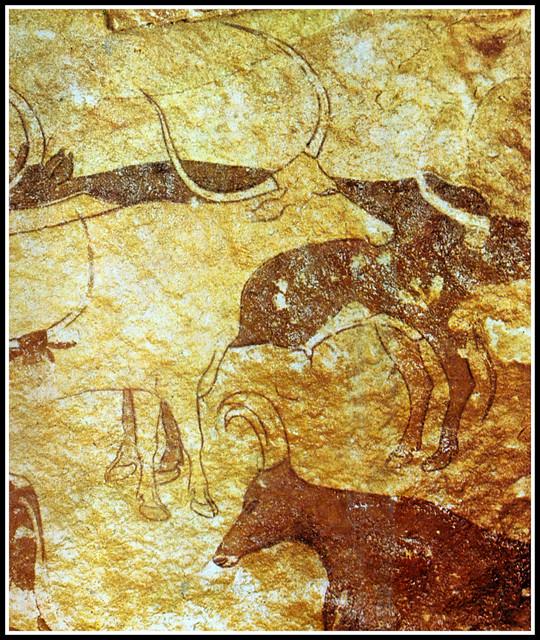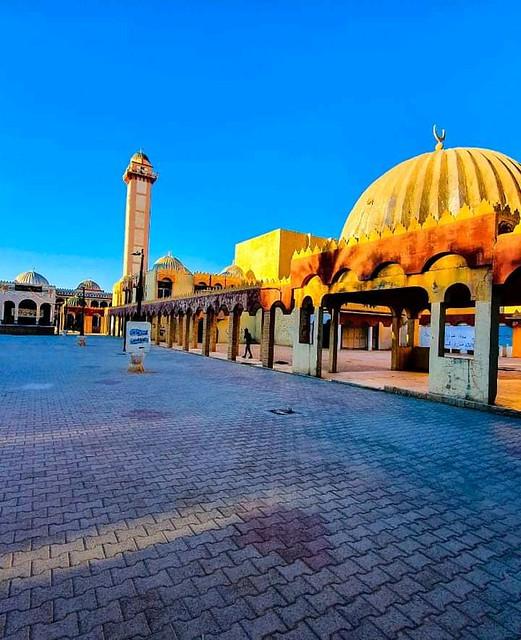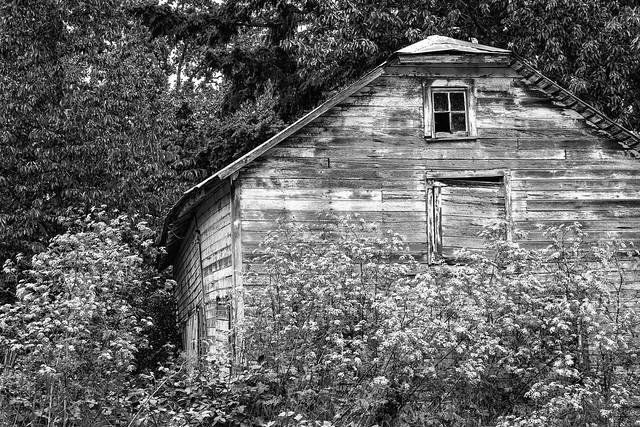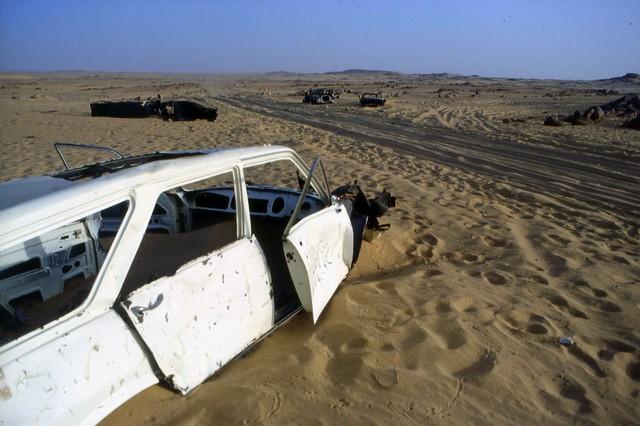Djanet
Overview
Overview of Djanet, Algeria
Djanet, located in southeastern Algeria, is a gateway to the stunning landscapes of the Sahara Desert. This region is rich in cultural heritage and is primarily inhabited by the Tuareg people, known for their distinctive blue robes and silver jewelry. Djanet itself is unique for its enchanting mud-brick architecture and its proximity to the Tassili n'Ajjer National Park, a UNESCO World Heritage site famous for its prehistoric rock art and dramatic sandstone formations. The town offers a blend of ancient culture and natural beauty, making it a fascinating destination for those interested in history and the outdoors.
Best Time to Visit and Activities
The best time to visit Djanet is between October and April when the weather is cooler and more comfortable for exploring the outdoors. During these months, daytime temperatures are pleasant, although nights can be chilly, so appropriate clothing is necessary. This season is ideal for trekking through the Tassili n'Ajjer National Park to view the ancient rock paintings and enjoy the surreal, moon-like landscapes. Visitors can also engage in camel trekking, explore local Tuareg crafts markets, or participate in cultural festivals that often include traditional music and dance.
Preparation for the Trip
Travelers planning to visit Djanet should prepare adequately to ensure a smooth and enjoyable trip. It's essential to have a valid passport and a visa, which can be obtained in advance from an Algerian embassy or consulate. Since Djanet is quite remote, visitors should pack essentials including a first-aid kit, sunscreen, hats, and layers of clothing to accommodate the variable temperatures. Learning a few phrases in Arabic or French can be helpful, as English is not widely spoken. Lastly, respecting local customs and traditions is crucial in this culturally rich area, so a basic understanding of Tuareg social norms is beneficial.
How It Becomes to This
History not available

You May Like
Explore other interesting states in Algeria


